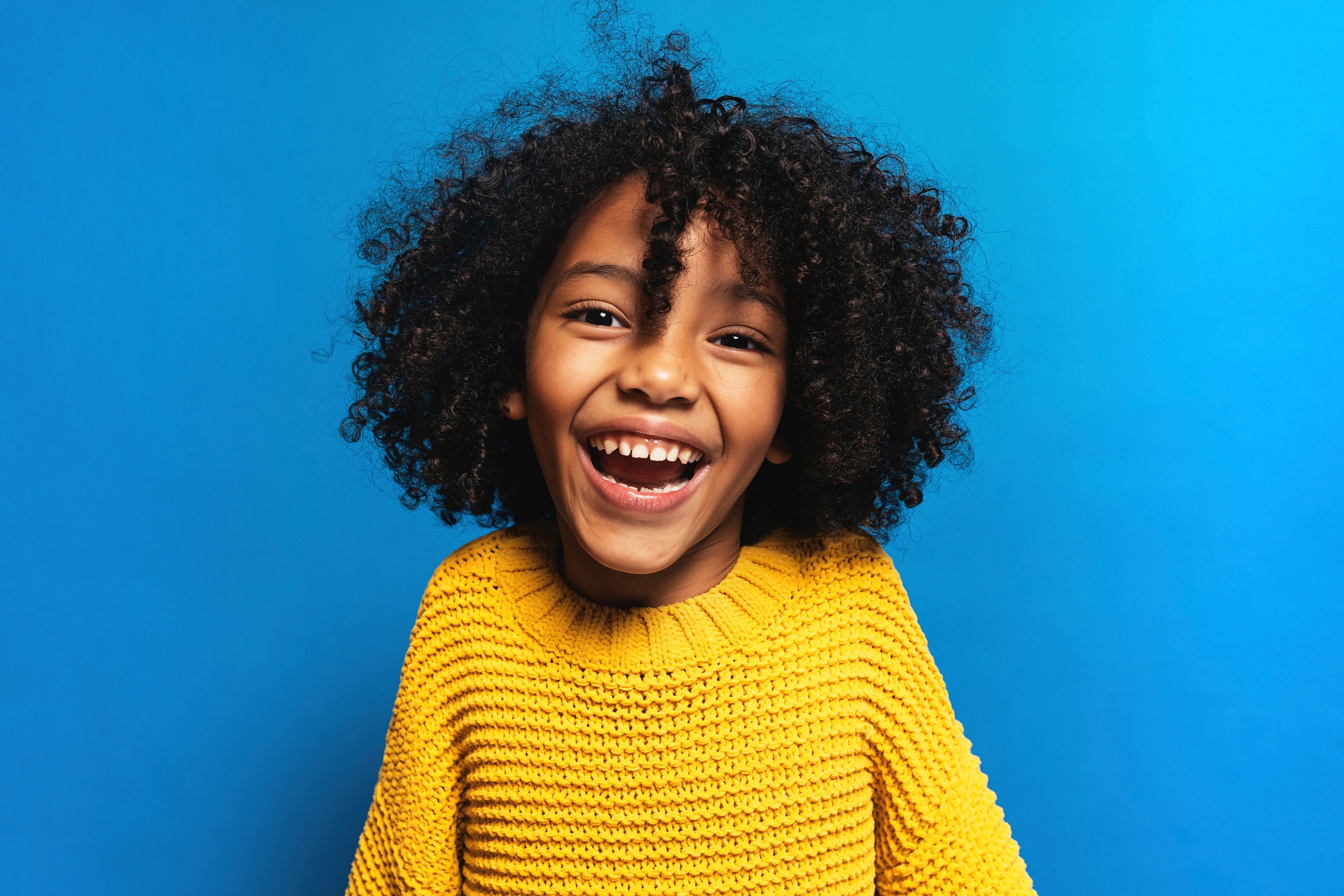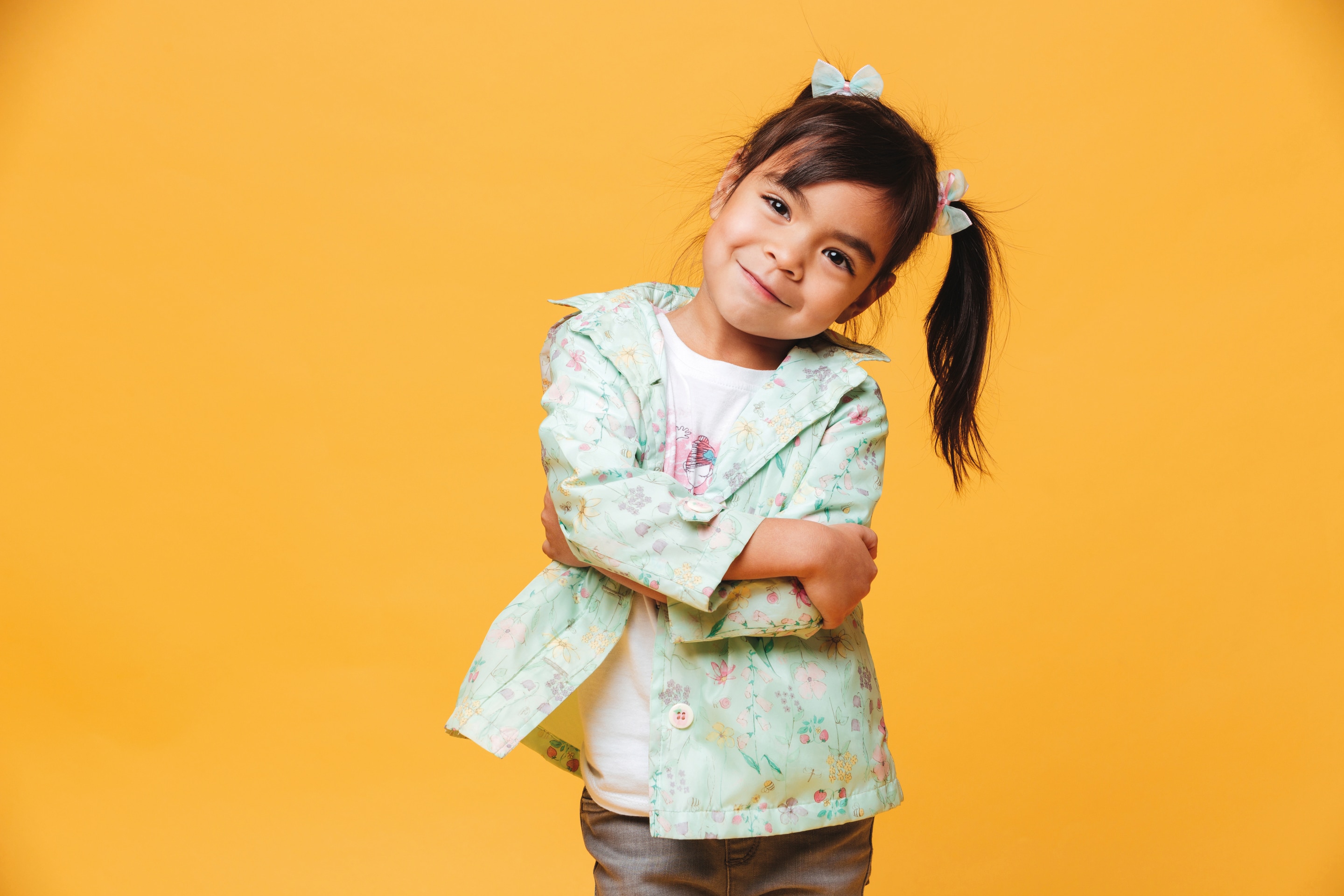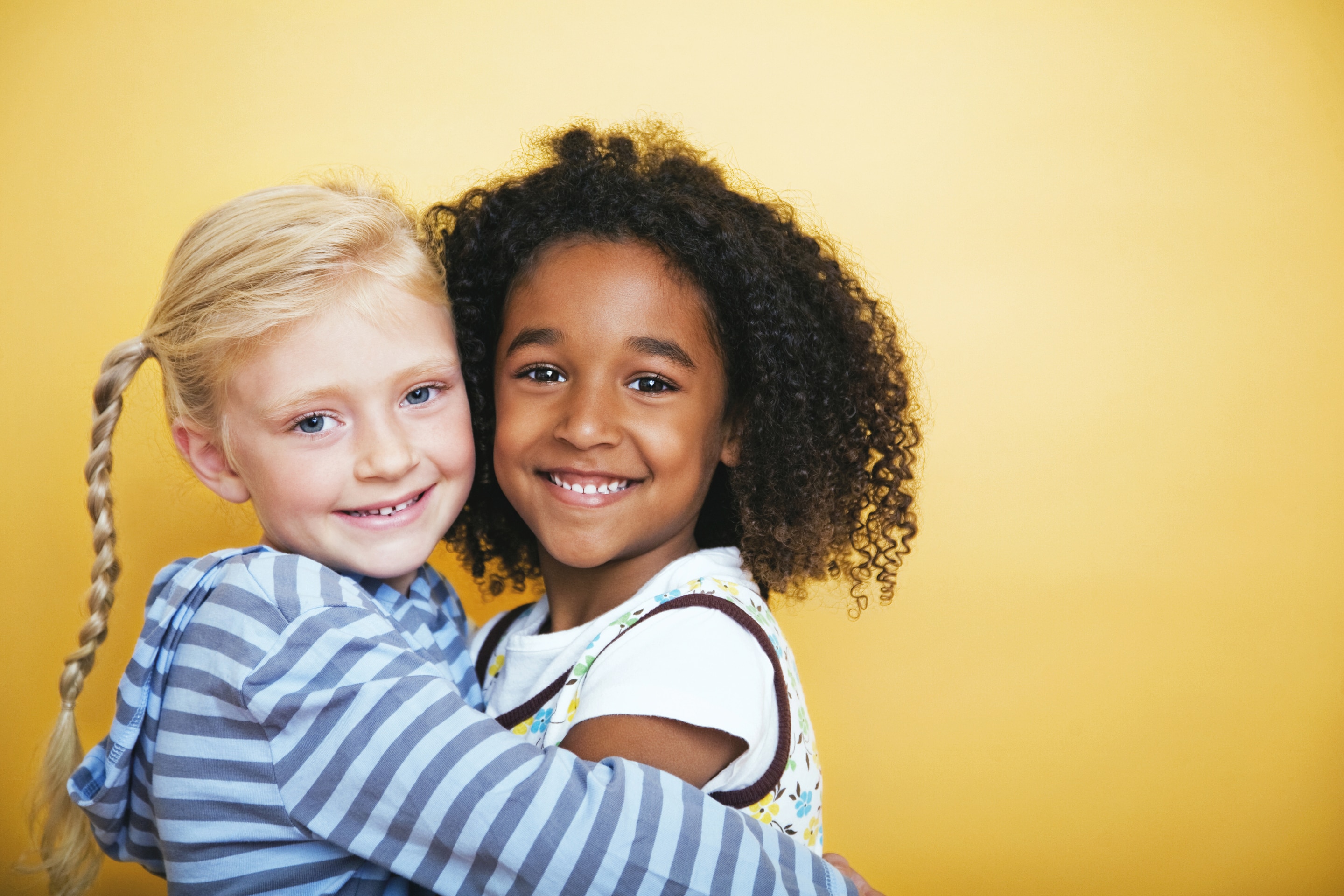Worried that unrealistic beauty standards are all your child sees on their screens? Our fun activity plan will let you both give the stereotypes a makeover.
Young people are under ever-increasing pressure to look ‘perfect’. It’s enough to make any mom anxious. “I find it worrying that there is little diversity in the culture aimed at tweens and teens,” says Gill, mom to Kirsty, 13, and Natalie, 11. “I’m crying out for some better role models for my daughters, because there comes a time when a teenager takes more notice of what they see on the TV and online.”
That’s why we’ve put together an action checklist to help you challenge the stereotypes.
The evidence on media stereotypes
“One of the major underlying causes for increasing low self-esteem among young people is that they do not see their uniqueness reflected back at them within the media environment that surrounds them,” says leading UK psychotherapist Dr. Susie Orbach. “They see so many perfected images of girls and women that this idea of how they need to be seeps into them, leading them to feel their own loveliness is inadequate.”
Studies such as “Body Image: An Introduction to Advertising and Body Image” show that looking at magazines for just 60 minutes lowers self-esteem in over 80% of girls. So, it isn’t surprising that 6 out of 10 teenage girls think they’d be happier if they had a different body shape. We need to teach young people to be more media-savvy. This starts with helping them understand that these images aren’t real and teaching them to love what makes them unique – instead of an idealized version of beauty.
Women and the media: the figures don’t add up
It might shock you that males outnumber females 3-to-1 in family movies(PDF). And when it comes to body image, the figures don’t add up either. Females are nearly twice as likely as males to be shown with a tiny waistline, and women are almost four times as likely as men to be shown through a sexualised lens.
And what about those ‘shocking – celebrities without makeup!’ articles in gossip magazines? While they might insist they run them to make us non-celebrities feel better about ourselves, it’s quite the opposite. In a survey by Girlguiding (PDF) (8.3MB), 71% of girls and young women aged 11-21 feel that newspapers, magazines and influencers on social media need to do more to stop reinforcing gender stereotypes.
By helping young people to realize that what they see online is often filtered, edited or a highlights reel of someone else's life, you’ll help them develop their critical thinking and avoid potentially damaging comparisons. As they learn more about what’s real and what’s not on social media, they’ll also feel more confident expressing and enjoying their own unique beauty.
We’re on a mission to build confidence in young people. Try our action checklist and encourage a young person in your life to think about stereotypes and unrealistic beauty ideals online.




